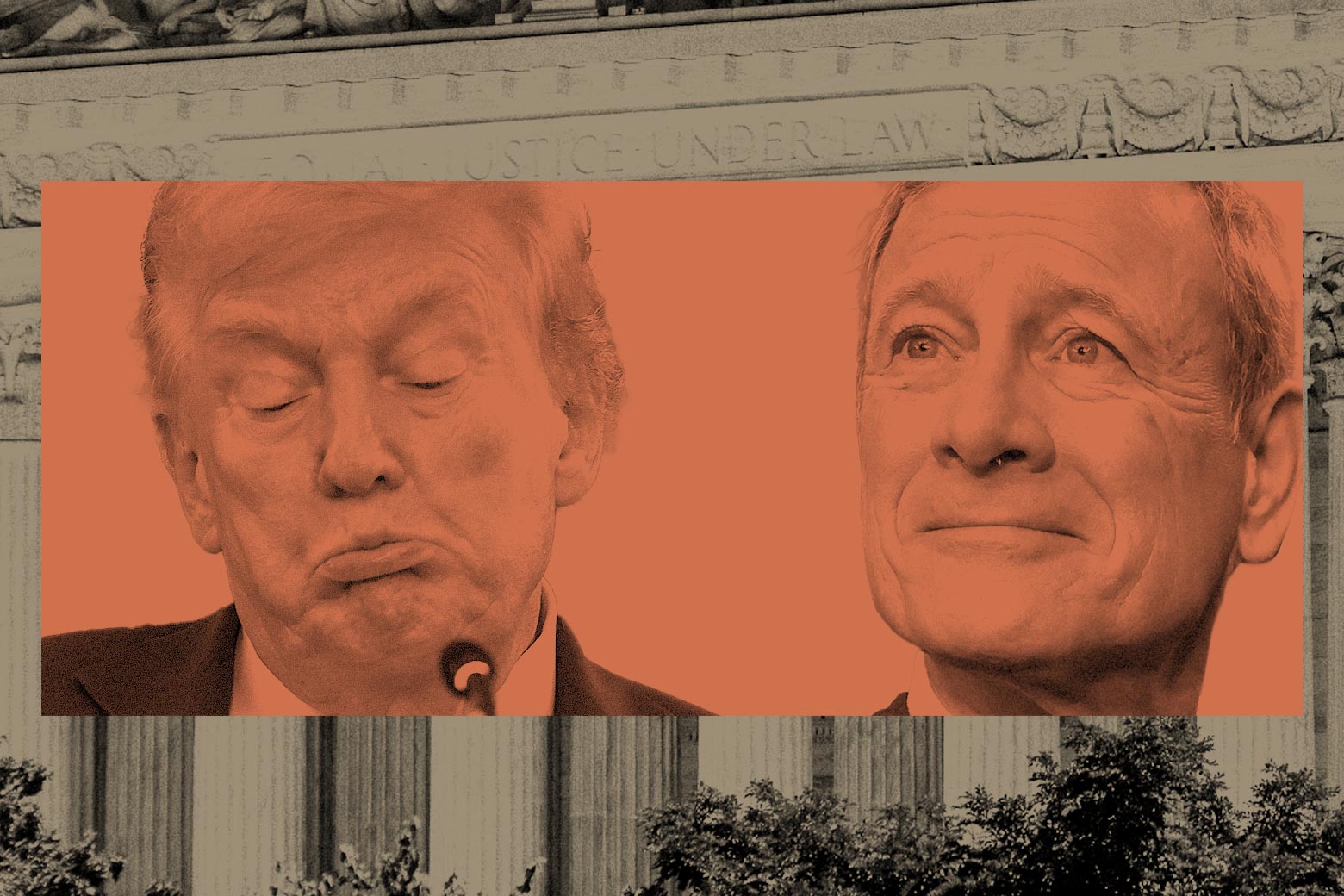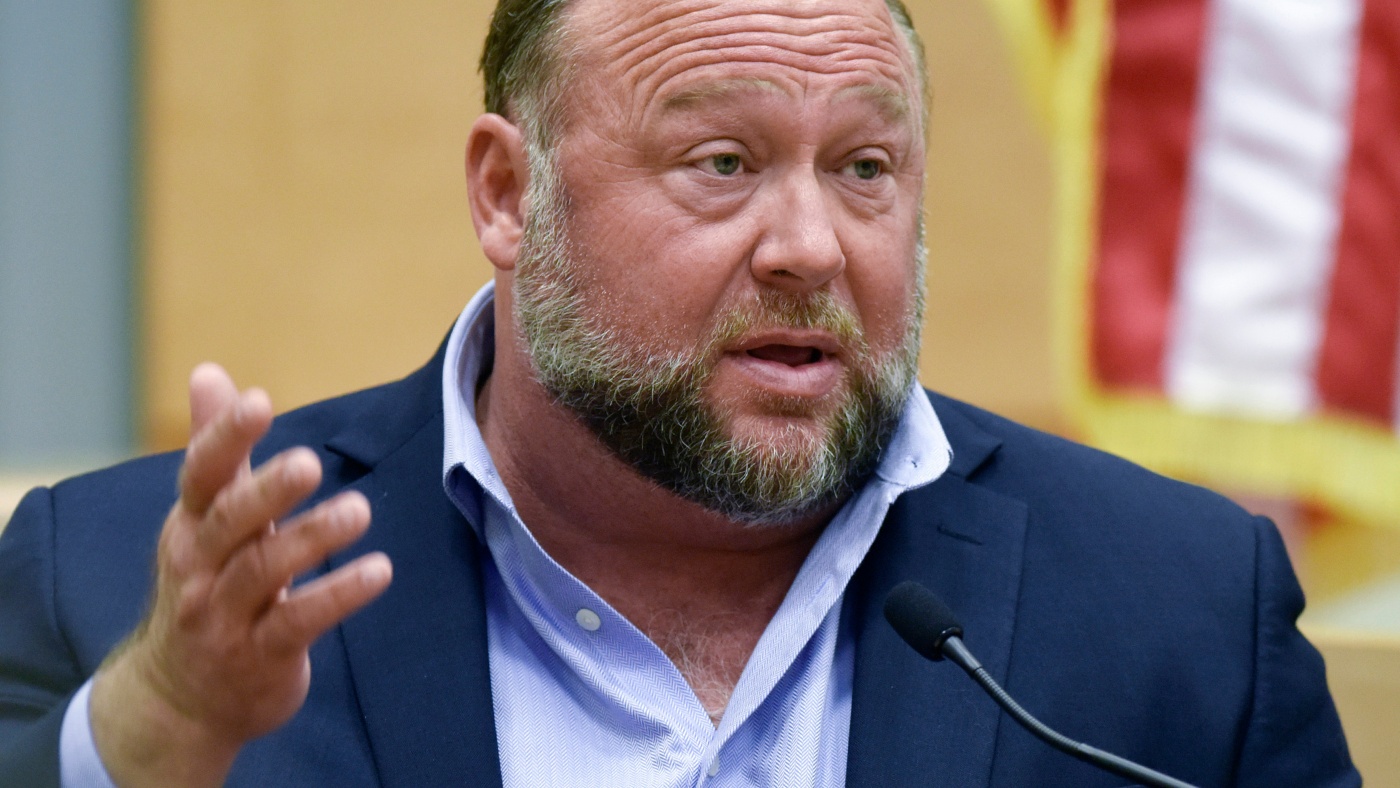Sign up for the Slatest to get the most insightful analysis, criticism, and advice out there, delivered to your inbox daily.
On Wednesday, the Supreme Court will take the extraordinary step of rehearing Louisiana v. Callais, a case that could effectively eliminate Section 2 of the Voting Rights Act, the nation’s central safeguard against racially discriminatory redistricting.
By taking the unusual step of reopening arguments, legal experts believe, the court’s far-right majority may have telegraphed its intent to dismantle Section 2. If it falls, the impact will reverberate far beyond Louisiana, reshaping political power across the entire country.
Combined with Donald Trump and Republicans’ ongoing gerrymandering power grab, gutting Section 2 could help secure an additional 27 safe GOP U.S. House seats—at least 19 directly tied to the loss of Section 2. According to a new analysis from Fair Fight Action and Black Voters Matter Fund, it’s enough to cement one-party control of the House for at least a generation.
Louisiana v. Callais began with a simple act of compliance. After a federal court found that the state’s congressional map violated the VRA by weakening Black voters’ power, Louisiana’s Republican Legislature was ordered to draw a second majority-Black district.
The reason was clear: Although Black residents make up roughly a third of Louisiana’s population, they had been given a fair chance to elect a representative of their choice in just one of six congressional districts.
When lawmakers finally followed the court’s order to fix their discriminatory map, they were promptly sued again—this time by a group of non-Black voters who claimed that preventing proven discrimination was itself racial discrimination.
Their logic twists the 14th and 15th amendments—which were themselves created to protect voting rights—in an attempt to destroy them. The argument should have been laughed out of court.
Instead, a lower court embraced it, and an appeal was accepted by the Supreme Court. Even Louisiana’s Republican officials (hardly voting-rights champions) and the original plaintiffs joined forces to urge the court to overturn that ruling.
But months later, when the court ordered a rehearing, those same officials executed a complete reversal. They shifted from defending their court-ordered map to asking the court to gut Section 2 of the VRA—exactly what the group of non-Black voters has been pushing for.
Louisiana Republicans are now claiming that the very section of the law they once relied on to defend their maps is unconstitutional. Their reversal and the court’s pause may signal that the key safeguard will soon be gone.
The danger isn’t theoretical. Justice Clarence Thomas’ dissent from the rehearing order argued that the court faced a “straightforward choice”—either permit what he called “patent racial gerrymandering” under the guise of VRA compliance or admit that a Section 2 violation “is insufficient to justify a race-based remedy.”
In plain terms, Thomas is saying that even proven racial discrimination in political maps cannot justify race-conscious remedies.
Justice Brett Kavanaugh has echoed another Thomas argument, suggesting that Section 2’s race-conscious protections “cannot extend indefinitely into the future.” His writings imply that he views its authority as temporary and may be ready to join Thomas in striking it down.
If the far-right justices’ reasoning prevails, politicians who gerrymander to silence voters of color will have a new defense: Fixing racial discrimination is discrimination itself. It’s an Orwellian logic that would make it nearly impossible to challenge unfair maps—not just in Congress but in state legislatures, city councils, and school boards across the country.
The result would essentially be a return to the pre-1965 Jim Crow playbook, masked in pseudo-constitutional language.
If Section 2 falls, we could see an existential shift in power—a system in which representation reflects not the will of the people but the will of those in power. Congress would become insulated from accountability, its makeup preserved by maps drawn to protect incumbents.
Remember: Trump won the 2024 election by just 2.2 million votes out of more than 155 million cast. This is how democracies erode—not in one dramatic moment, but slowly, deliberately, and often quietly, by design.
The VRA was passed to stop those in power from deciding who gets to have a voice and who doesn’t. If the court removes that protection, it will hand the Trump regime and its allies a powerful tool to permanently weaken fair representation, tighten their grip on power, and drag the country further into authoritarian rule.
Without Section 2, Americans would be left with a hollow shell of democracy: elections that appear free but are rigged to keep power in the same hands. Protecting the independence of our elections is the only way to halt that slide away from freedom.
The path forward is narrow, but it exists—and demands urgency.
Democrats must act decisively on two fronts. First, redraw maps aggressively wherever possible, without weakening minority voting power, to counter the GOP’s gerrymandering push before 2026.
Second, focus relentlessly on retaking Congress, especially the House. The Senate is a steeper climb, but every seat matters when the stakes are this high.
If Democrats win back even one chamber of Congress, they can use hearings, investigations, and other legislative oversight powers to expose the far right’s manipulation of electoral systems and hold the Supreme Court accountable by investigating its corruption.
Passing pro-democracy reforms like the Freedom to Vote Act and the John R. Lewis Voting Rights Advancement Act would show that Congress is taking action to protect Americans’ freedom to vote by banning partisan gerrymandering, restoring eroded protections against discrimination, and strengthening the VRA for generations to come.
Of course, passing these bills wouldn’t mean they automatically become law—Trump would still be in office. But they would create new public momentum for passing this essential legislation if and when a more amenable Congress and president are in office. Even in a divided government, Congress’ demonstrating that it can pass popular, important legislation can shift public opinion.
What we’re witnessing is part of a broader pattern. Just as the court stripped away reproductive rights by overturning Roe v. Wade, it’s now threatening to take away another foundational American freedom: the freedom to be represented fairly.
On Wednesday, as the court hears this case, voting rights advocates and organizers will gather outside to demand that voting rights be protected—a reminder that democracy doesn’t defend itself.
Congress still has the authority to act by passing the John R. Lewis Voting Rights Advancement Act and establishing real oversight of the court. Pressure works, but only if the public applies it. We must all mobilize and speak out in defense of the most basic right in a democracy: fair representation.
The court has shown what it intends to do. The question now is how we will respond. Fair maps, free elections, and a representative Congress remain the most powerful tools we have to stop the Trump regime’s push for authoritarianism—but only if we use them.
First Appeared on
Source link














